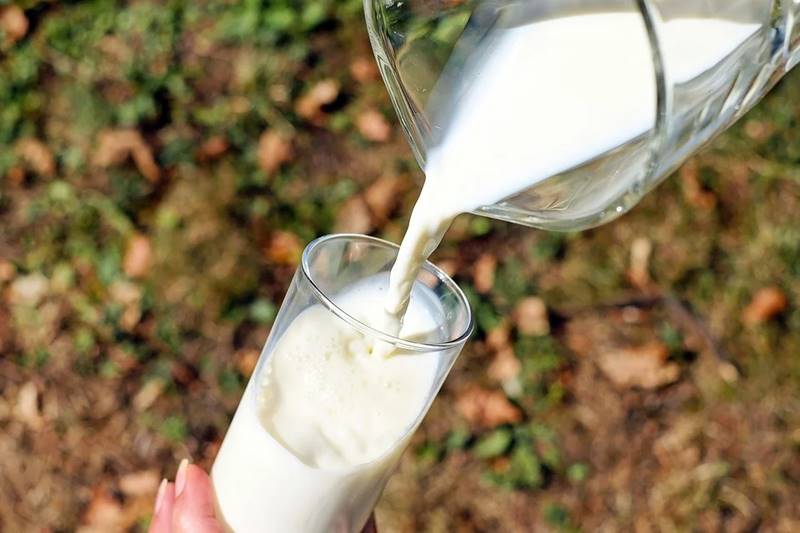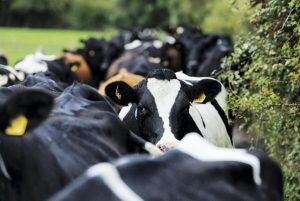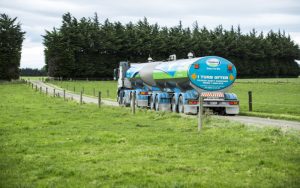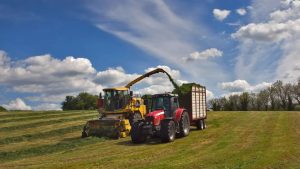Research scientists from the Indian Institute of Science (IISC), Bengaluru, have developed a method to identify adulterated milk. India is one of the largest producers of milk in the world but also faces the challenge of milk that is usually adulterated with the addition of urea and water. It has been found that safety standards set by the Food Safety and Standards Authority of India, are frequently flouted.
“Adulterated milk is a big problem in our country and we devised a way to detect it,” Sushmita Dash, assistant professor, Mechanical Engineering department, IISC, told Gaon Connection. “We allowed some milk to stand till it evaporated and analysed the ‘patterns’ left behind by the milk solids,” she said.
Expensive testing equipment is usually needed to get accurate measurements of water content in the milk being tested. The lactometers and the freezing techniques are only partially helpful. Also, though highly sensitive biosensors are available to gauge the urea content in milk, these are instruments that are very expensive, Dash pointed out. And, as time passes their effectiveness also dwindles, she added.
The pattern analysis however has proved to be more effective. The method has been able to accurately detect the water content and urea in the adulterated milk.

In order to increase the quantity of milk, water and urea are added to it. Urea gives the milk a frothy white appearance. Adulterated milk can be a source of many serious health problems.
The pattern analysis can be carried out anywhere, Das said. It required no expensive or complicated instruments or testing equipment. Once the adulterants and their patterns are standardised, they could be fed into an image analysis software, and anyone anywhere could then compare the images of the residue patterns of the sample milk they are testing to see if it is adulterated or not.
This is just the beginning, said Dash. In future the scientists will research and conduct experiments to detect impurities in frequently adulterated products such as oil, detergents and honey.
















